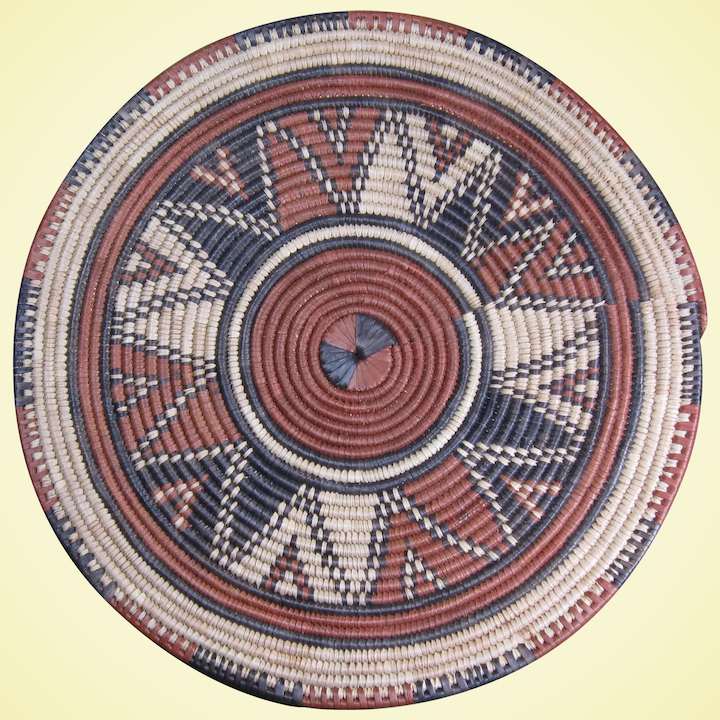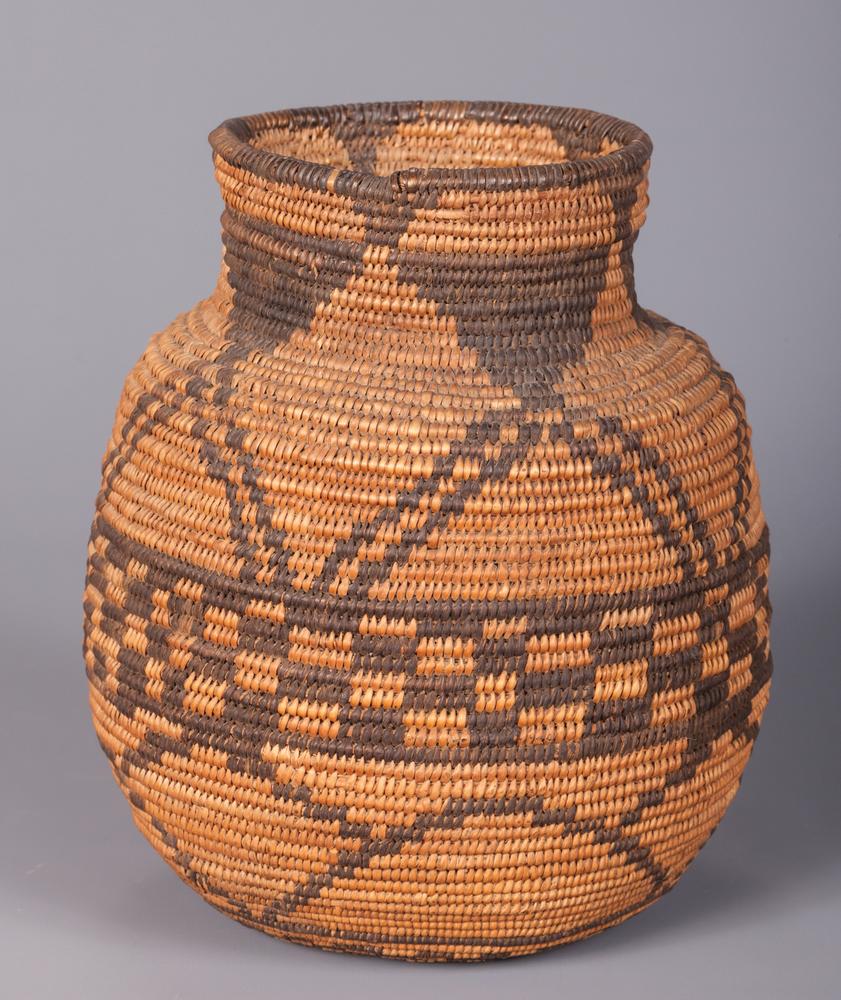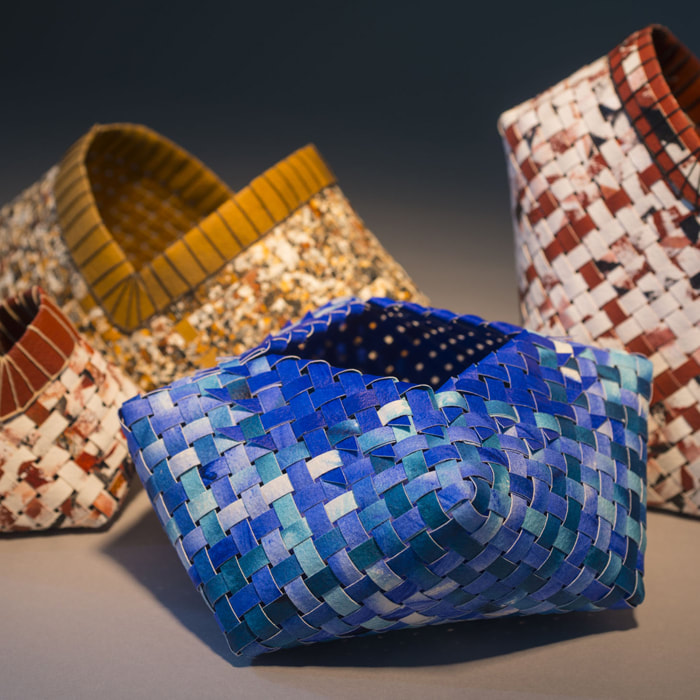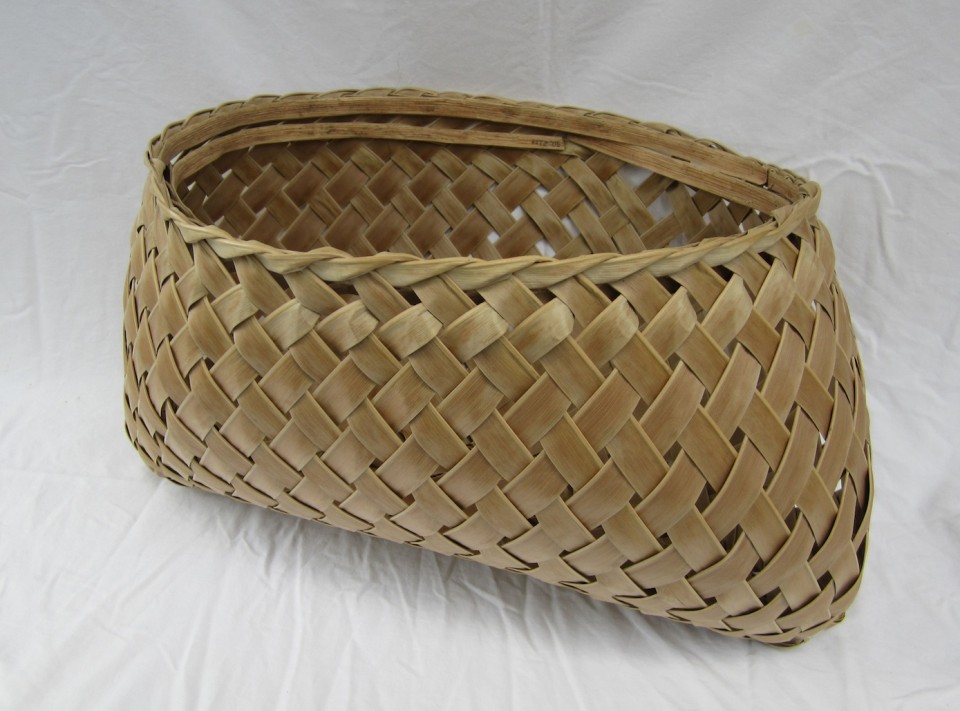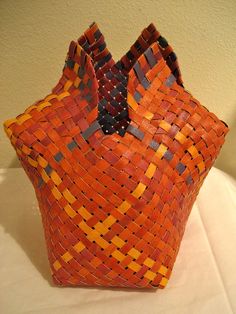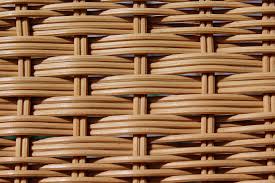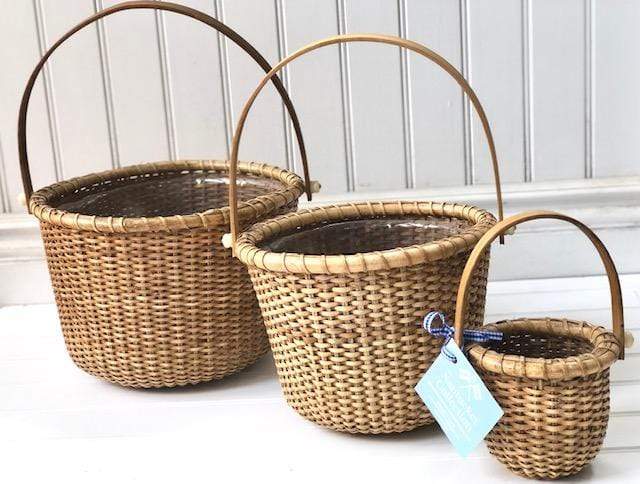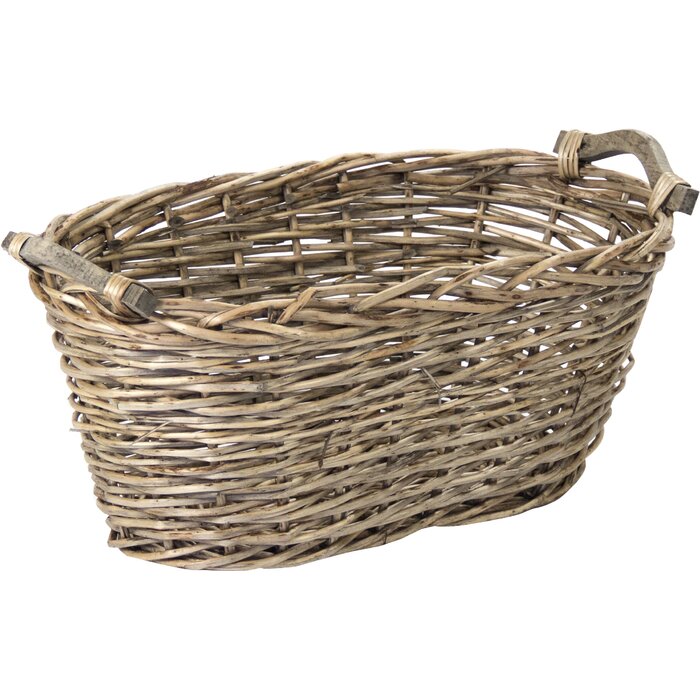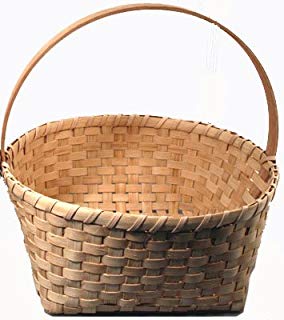
My mission with this blog is to create the desire to learn more about our "stuff". Those things we often take for granted. Yesterday, I wrote about how my baskets (these beautifully cultural and religiously significant objects) are most often used as inboxes and basic storage containers. I have been taking my baskets for granted.
Archeologists in Upper Egypt have carbon dated baskets to over 12,000 years. Since baskets made of natural fibers which deteriorate over time, scientists have determined basket existence and approximate age by finding imprints of basket weave on remnant clay within ancient city walls.
Isn't that amazing to think? Our baskets, those woven containers we use to store bread and laundry have been around for tens of thousands of years, most made today in the very same exact way.
There are four main types of basket/basket weaves:

Coiled basketry using grasses, rushes, and pine needles. Coil built baskets are made up from a single vertical stitch. The stitches wrap around the horizontally oriented foundation as it spirals outward and upward. This creates the basket’s form and structure. As the coils are wrapped, the coils are interlocked with stitches to the previous rows in order to create the desired decorative effect.

Some of the most notable coiled basket makers come from high in up the Sierra Mountains of California. Both the Kucadikadi and the Maidu weave highly detailed and useful baskets in sizes ranging from thimble-sized to ten or more feet in diameter. The weaving on some baskets is so fine a magnifying glass is needed to see the strands. In addition to making closely woven, watertight baskets for cooking, they made large storage baskets, bowls, shallow trays, traps, cradles, hats, and seed beaters. To make these baskets, they used dozens of different kinds of wild plant stems, barks, roots and leaves.
Examples of coiled basketry:
Plaited basketry involves weaving wide materials, similar in shape to ribbons, such as palm, yucca or flax. Both the stakes as well as the weaving materials are identical, which are then woven together at right angles. The plaiting can be either open or closed. By using variations of the basic plaiting methods as well as thanks to the wide range of materials available, means that each basket can be a unique masterpiece.

*The Maori people of New Zealand are one culture known well for their exquisite plaited basketry.They may be of many sizes, but are most often found in sizes similar to large handbags. These baskets called "kete" are traditionally woven from the leaves of New Zealand flax with two handles at the top. Other materials are sometimes used, including the leaves of the nikau palm and cabbage tree.
In pre-European society, Maori had specific plantations of flax, which was their most important textile. It was prepared by cutting the green leaves close to the base before the leaves were split and woven. Various preparations of the leaves allowed the material to be used both as a hardy flat thick-woven material (as in kete and mats) and also as a fibrous twine, used for creating both rope and finely woven cloaks.
Examples:
Twining basketry uses materials from roots and tree bark. "Twining" actually refers to a weaving technique where two or more flexible weaving elements cross each other as they weave through stiffer radial spokes.
Examples:
Wicker basketry uses reed, cane, willow, oak, and ash. Some of the more notable styles in the United States are the Nantucket and Williamsburg Baskets. Nantucket Baskets are large and bulky, while Williamsburg Baskets can be any size, as long as the two sides of the basket bow out slightly and get larger as it is weaved up.

In this picture, a basket is being made in Hainan, China with bamboo strips. "Twining" is a technique used in most wicker baskets.
Popular styles of wicker baskets are vast, but some of the more notable styles in the United States are Nantucket Baskets and Williamsburg Baskets.
Both twinning and wicker baskets are woven with a more firm reed and are woven together in a lattice type pattern of movement.
Examples:
Learning where baskets come from and who makes them convicts me to look beyond the basic nature of the basket and instead treat them with respect. I can see now how hanging baskets on my walls, searching out antique stores and thrift stores for interesting shapes and sizes could be a preservation of this fine art and challenges me to do more research before stashing them in the basement and watching them collect dust .
Tomorrow I will be sharing some of the trendiest ways in 2020 to display your valuable basket collections...

